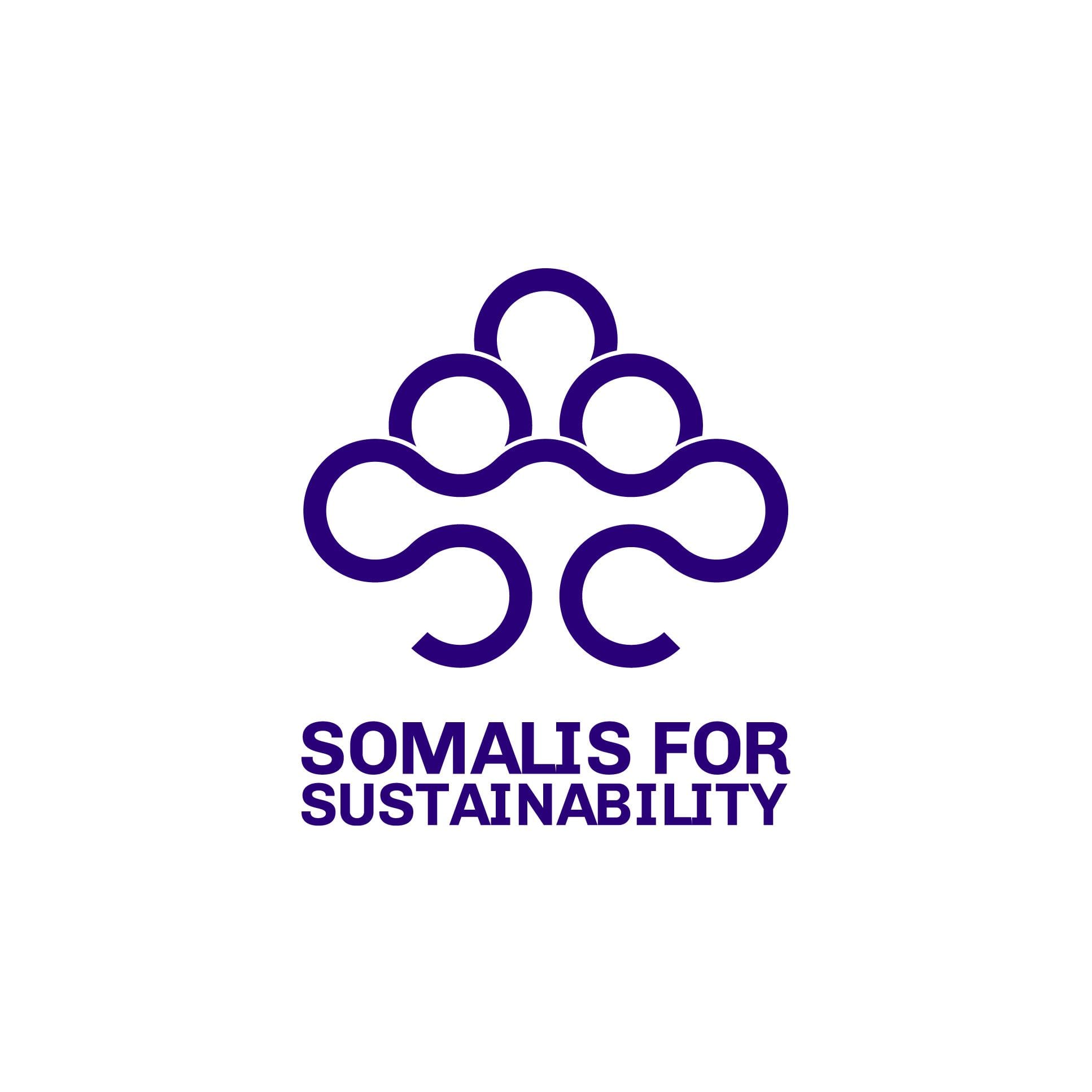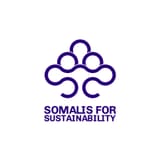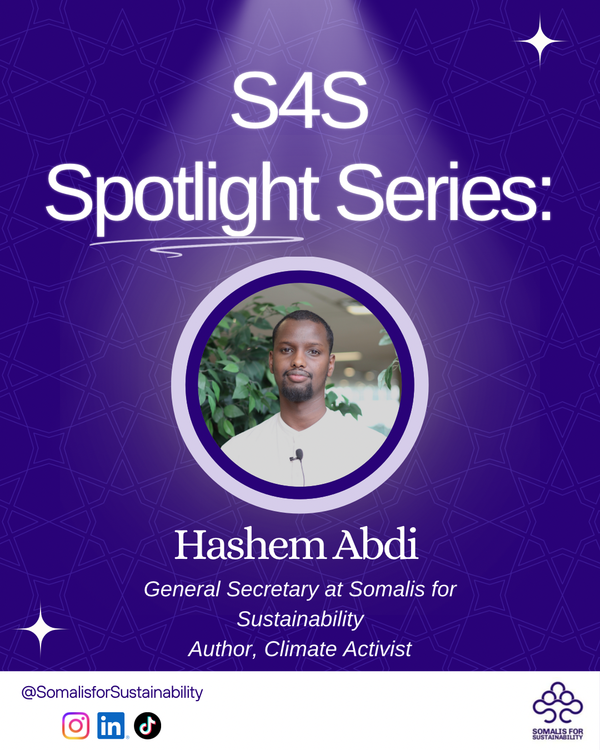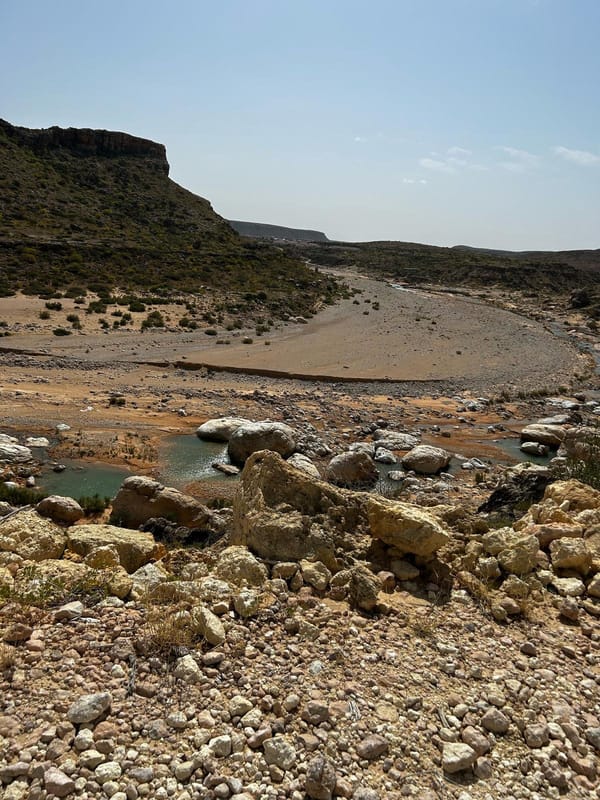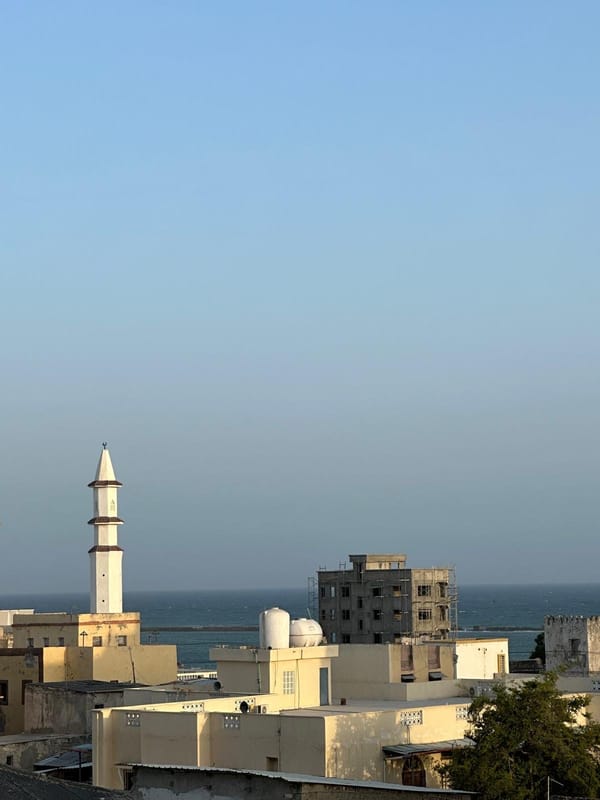Maydi Newsletter: December

Hello everyone!
What a wild ride it’s been for us at S4S. After founding in December 2023, we properly kicked things off in early 2024 with a bang—starting with our inaugural event at the UK Parliament (because why not? 🚀). Since then, we’ve been on a whirlwind adventure, participating in global forums 🌍, hosting the UN-backed LCOY in Mogadishu, Somalia, and even sending a delegation to COP29 in Baku 🇦🇿. Not too shabby for our first official year!
Our team has grown to over 20 passionate individuals from around the world, and we couldn’t be more excited about what 2025 has in store. Your support? Absolutely crucial. Whether you’re spreading the word, sharing resources, or just cheering us on from the sidelines, it all makes a difference. So don’t be shy—reach out, let’s chat, and see how we can make 2025 even more legendary together!
🗣 S4S News
The Diaspora for Climate Action – The IOM Exhibition
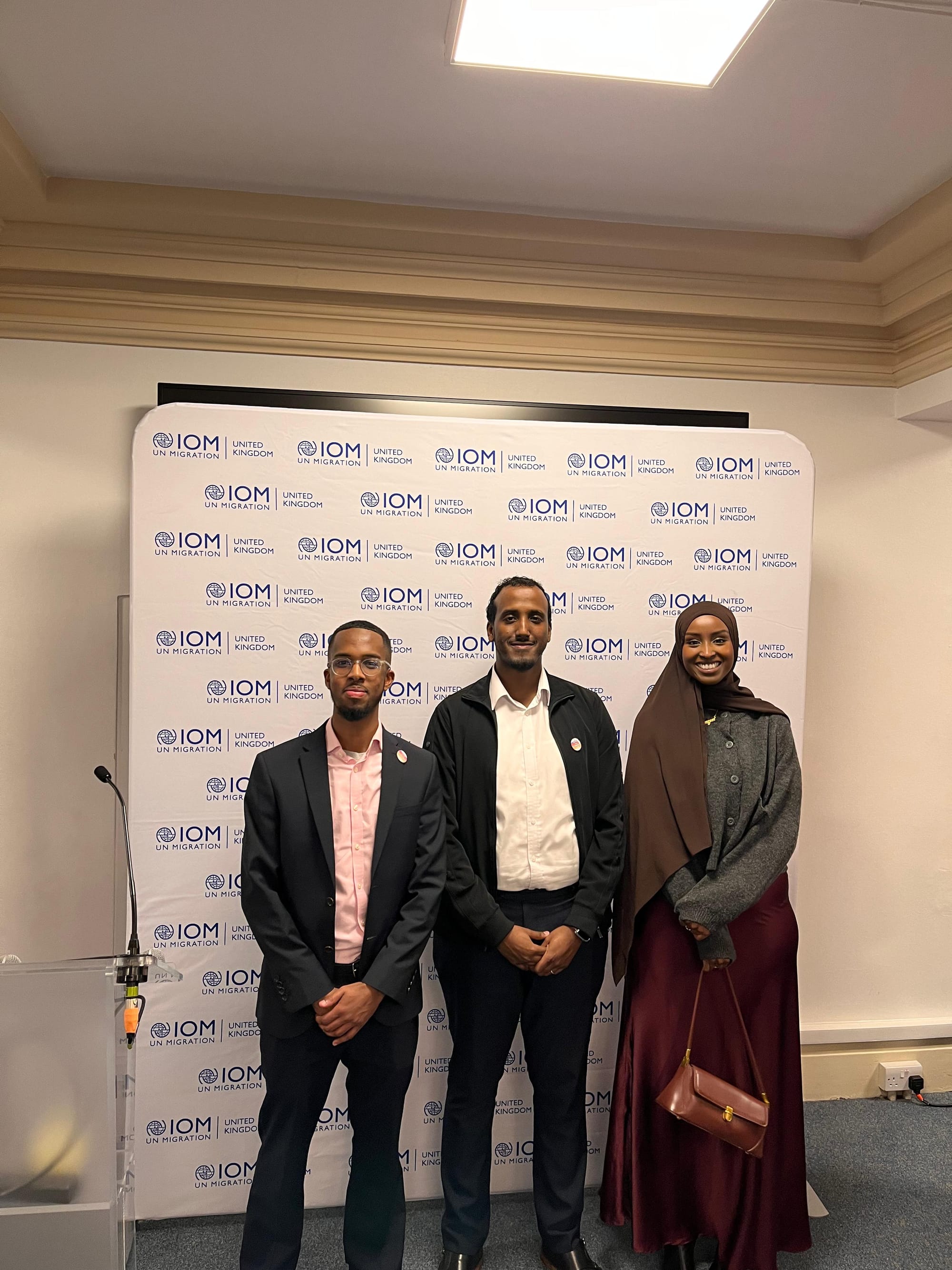
Earlier this year in May, the S4S team participated in a workshop organized by the International Organization of Migration (IOM). Building on the outcomes of this workshop, the IOM hosted an exhibition earlier this month to highlight the critical role diaspora communities play in addressing global challenges like climate change.
The IOM’s Diaspora for Climate Action (D4C) project aimed to bridge the gap in climate action by unlocking the potential of diaspora communities. By channelling their expertise, networks, and resources, the project sought to position diaspora groups as key contributors to climate policies and initiatives. The exhibition showcased the contributions of diaspora leaders and communities in climate action, highlighting their efforts to benefit both their countries of origin and the communities where they currently reside.
Mobilising diaspora communities is a core focus for S4S, particularly in the fight against climate change. The exhibition highlighted that migrants and diaspora communities are not only disproportionately affected by climate change but are also instrumental in driving innovative solutions. This aligns with our objective of collaborating with key Somali diaspora hubs across North America, Europe, the Middle East, and Oceania to drive climate action in the Somali Horn.
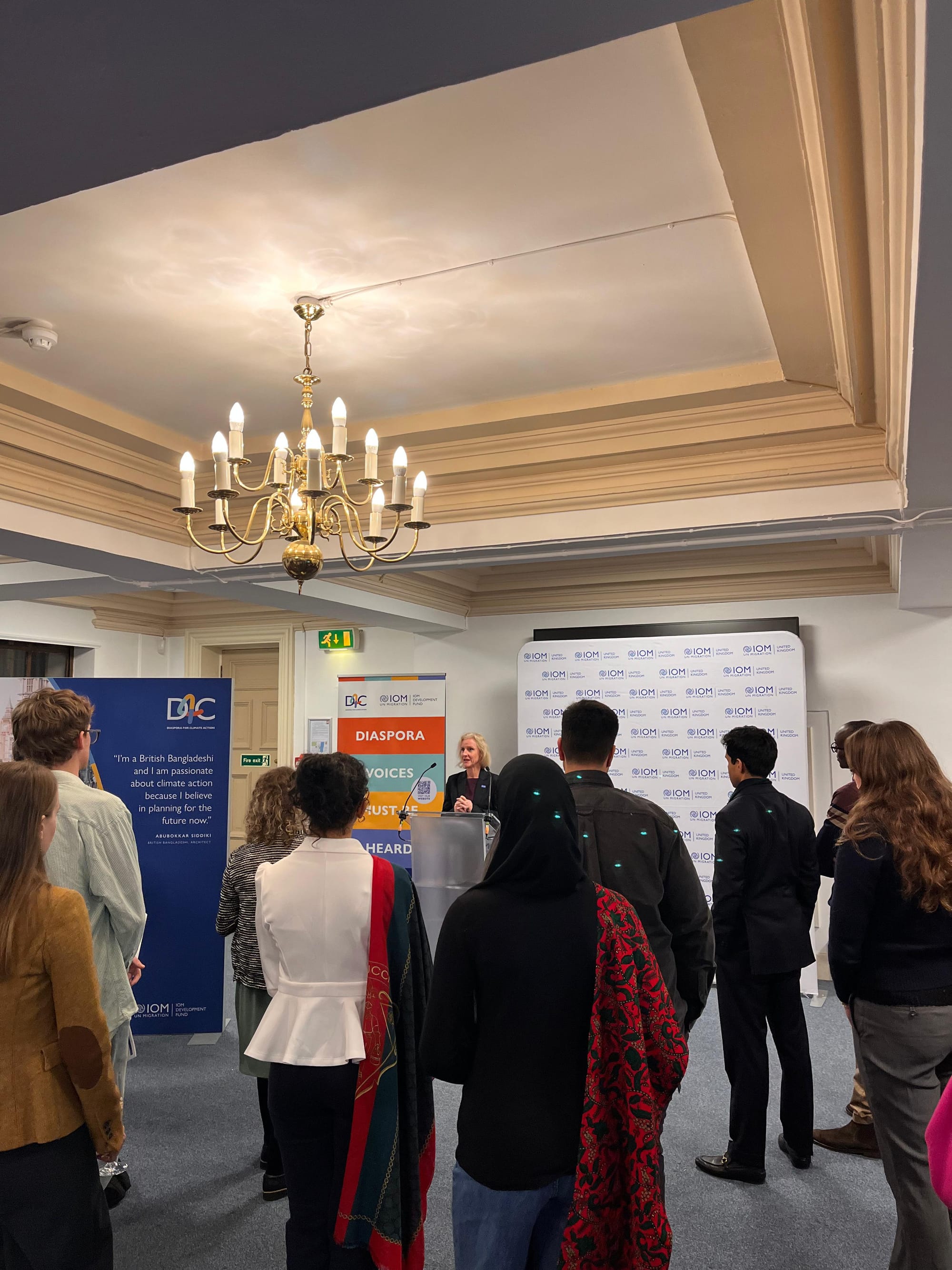
The exhibition also fostered partnerships with key stakeholders and brought together representatives from Bangladeshi, Ghanaian, Jamaican, and Moldovan diasporas. Participants shared their efforts in building climate resilience and driving adaptation in their countries of heritage and residence, fostering a valuable exchange of ideas and strategies.
We hope to take the learning and relationships from this great IOM initiative back to the rest of our work, continuing to amplify the voices of diaspora communities and their contributions to climate action.
The Future of Climate Action: Transforming Challenges to Opportunities - Workshop in Frankfurt, Germany 🇩🇪

In October (yes, we’re fashionably late in sharing this!), we held an interactive and educational workshop in Frankfurt, Germany, with a local Somali Diaspora organisation called Seven Nomads. The workshop featured a group activity focused on allocating scarce resources. Its interactive nature and engaging content sparked enthusiasm and active participation, challenging attendees to achieve various objectives. However, as often happens in life, individual ambitions sometimes overshadow collaborative efforts and the equitable distribution of resources.
We then delivered a comprehensive Climate Change 101 talk, highlighting the root causes of climate change globally and the key contributing factors. During the session, we drew parallels between the challenges of fostering collaboration on climate initiatives and the struggles participants faced in the workshop when focused solely on completing their tasks. The workshop concluded with an in-depth discussion of the climate crisis in the Somali Horn and the underlying causes of recurring climate disasters. Many attendees emphasized the importance of understanding the fundamentals of climate change and its impact on the Horn of Africa. Starting the programme with an interactive session encouraged participants to reflect more deeply during the seminar, and the educational experience was well-received, with attendees expressing interest in similar future programmes.
We hope to replicate this type of programme across other countries next year as we aim to improve the climate literacy of the Somali diaspora community globally!
What is the latest in the Horn?
Somalia Braces for the Impacts of La Niña
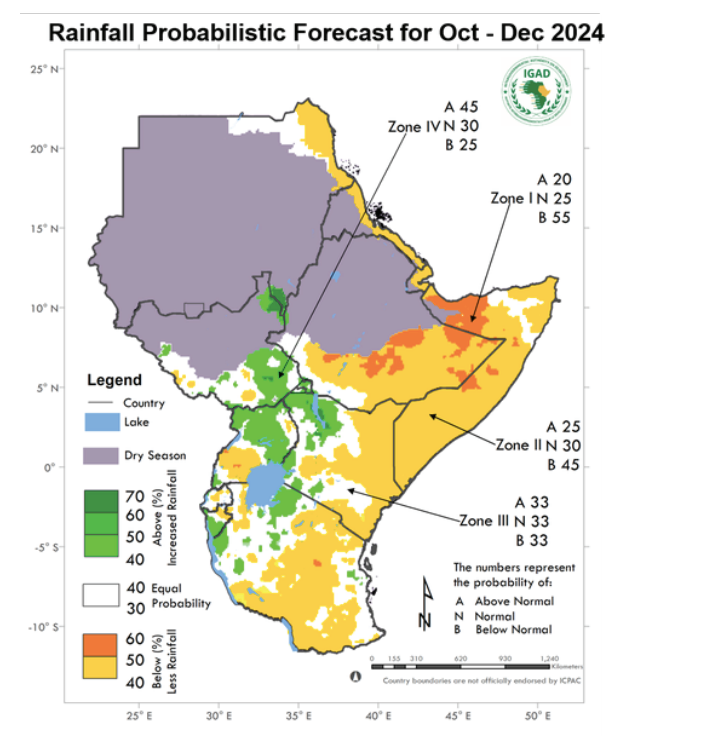
As the year winds down, Somalia finds itself preparing for the impacts of La Niña, a climate phenomenon known for its disruptive weather patterns. This development comes on the heels of a challenging period marked by El Niño in 2023, which caused widespread flooding, displacement, and agricultural devastation. With La Niña now on the horizon, Somalia faces a new set of challenges that threaten its economy, food security, and long-term sustainability.
The Institute of Climate and Environment (ICE), our trusted research partner in Somalia, recently released a policy brief outlining the effects of La Niña on the country. ICE, founded by SIMAD University, works closely with governments, organizations, and private-sector stakeholders to address climate challenges and promote sustainable development. According to the policy brief, La Niña could exacerbate Somalia’s existing vulnerabilities, particularly in regions already grappling with prolonged droughts.
Unlike El Niño’s heavy rains and floods, La Niña typically brings drier-than-usual conditions to South-Central Somalia, including key agricultural regions like Lower Juba and Lower Shabelle. Rainfall levels are projected to drop by as much as 70%, compounding the difficulties of recovery from previous droughts. Somalia’s agricultural sector, heavily reliant on rain-fed farming, is bracing for significant disruptions that could lead to widespread food shortages.
The stakes are high. Somalia’s economy and livelihoods depend on agriculture, and the country is already struggling with food insecurity. An estimated 3.6 million people are currently facing crisis-level hunger, a number projected to rise to 4.4 million by the end of the year. Vulnerable populations, particularly children, are at risk of severe malnutrition, further straining humanitarian resources.
La Niña’s impacts are expected to hit different parts of the country unevenly. While northern Somalia may experience wetter conditions during the summer, the central and southern regions face drier weather from November to March. The policy brief emphasizes that the dry conditions in these regions are likely to lead to prolonged droughts, putting immense pressure on communities that rely on farming and grazing for survival.
The spectre of famine looms large, drawing comparisons to the crisis of 2022. Somalia has appealed for urgent action both domestically and internationally, stressing the need for coordinated efforts to mitigate the impacts of La Niña. The government has called for better tracking of weather patterns, investments in resilient infrastructure, and partnerships with private and international organizations to support affected communities.
ICE underscores that preparation and education are critical. By equipping communities with the knowledge and tools to adapt, Somalia can reduce the worst impacts of La Niña and build resilience against future climate shocks. But time is of the essence. Without swift and decisive action, the consequences of La Niña could reverberate for years to come, deepening the challenges faced by one of the world’s most climate-vulnerable nations.
In other regional news 🌎
Riyadh Hosts UNCCD COP16: A Focus on Desertification and Drought Resilience
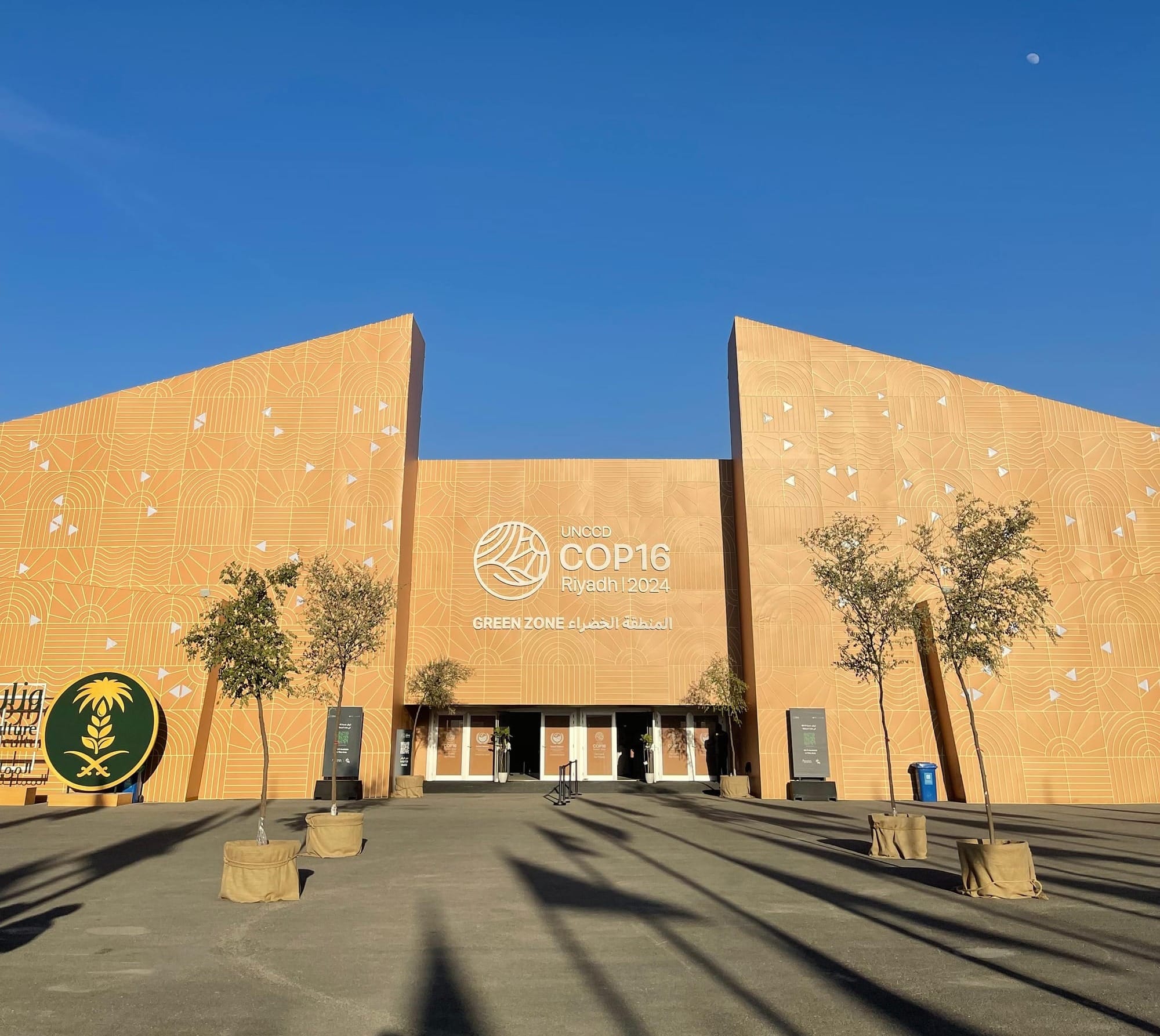
While COP29 and Biodiversity COP16 garnered significant attention this year, another pivotal COP16 took place in Riyadh this December, focusing on desertification. This meeting was part of the United Nations Convention to Combat Desertification (UNCCD), one of three Rio Conventions established at the Earth Summit in Rio de Janeiro in 1992. Together with the Biodiversity and Climate COPs, these conventions tackle interconnected global challenges.
The UNCCD COP16 in Riyadh centred on three key objectives: enhancing drought resilience, promoting land restoration, and mobilising finance for sustainable land management. A major highlight of the conference was the launch of the Riyadh Global Drought Resilience Partnership, spearheaded by Saudi Arabia. This initiative brought a pledge of $12 billion from participating nations to boost global drought preparedness and resilience. African countries, acutely vulnerable to severe drought, largely supported the initiative, with negotiators calling for legally binding agreements and increased financial flows to combat land degradation. However, Global North countries favoured non-binding measures, offering only conditional support pending clearer funding structures.
Financing gaps overshadowed progress at COP16, reflecting a broader theme across all three Rio Conventions this year. The $12 billion pledged at Riyadh fell woefully short of the estimated $355 billion needed annually by 2030 to combat desertification effectively. While African nations and Small Island Developing States (SIDS), backed by Saudi Arabia, pushed for the establishment of a dedicated drought fund, opposition from countries like the US, EU, and Australia derailed this effort. These nations cited cost concerns, leaving vulnerable countries, including Somalia who were present at the conference, exposed to worsening drought impacts due to inadequate investment in capacity building and technology transfer.
Despite the financing shortfalls, COP16 did see progress in civil society representation. The conference marked a significant milestone with the historic decision to establish a caucus for Indigenous Peoples and local communities, acknowledging the crucial role these groups play in sustainable land management. This aligns with recent calls by the presidencies of the Rio Conventions to adopt a “whole-of-society” approach to tackle climate, biodiversity, and land issues. Civil society delegates representing women, youth, and Indigenous Peoples were prominently engaged, signalling a growing recognition of their contributions to addressing global challenges.
As COP17 convenes in Mongolia in two years, delegates will aim to build on the groundwork laid in Riyadh. The ongoing challenge remains clear: bridging the gap between ambitious goals and the financial commitments necessary to achieve them.
Word of the Month
Have you been keeping up with learning a new Somali word each month over the past few months? Here are a few to recap in our final edition for the year!
- Geel (gaye-el): Camel🐪
- Badweyn (baad-wayn): Ocean
- Abaar (ab-aar): Drought 🏜️
- Buur (buu-r): Mountain ⛰️
- Webiga (weh- bee-gaa): River 🌊
Enjoyed reading? If you haven't already, sign up below so you don't miss out on future content.
